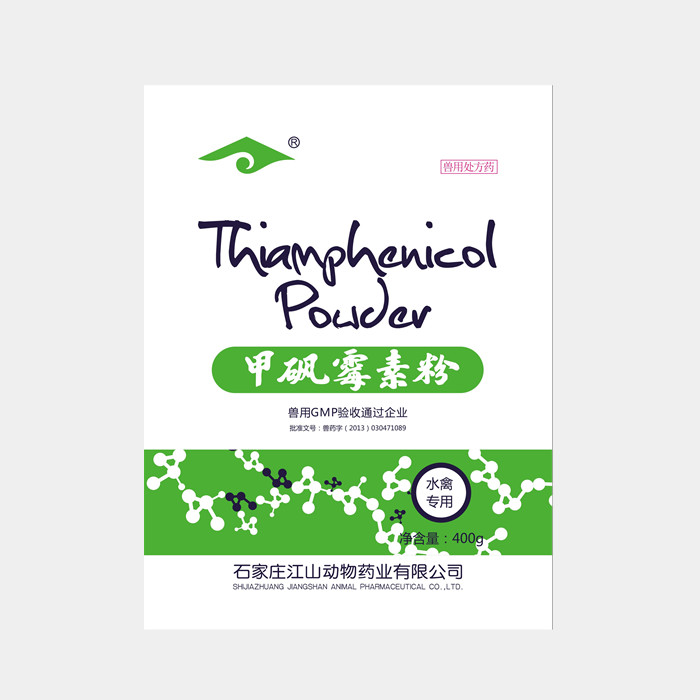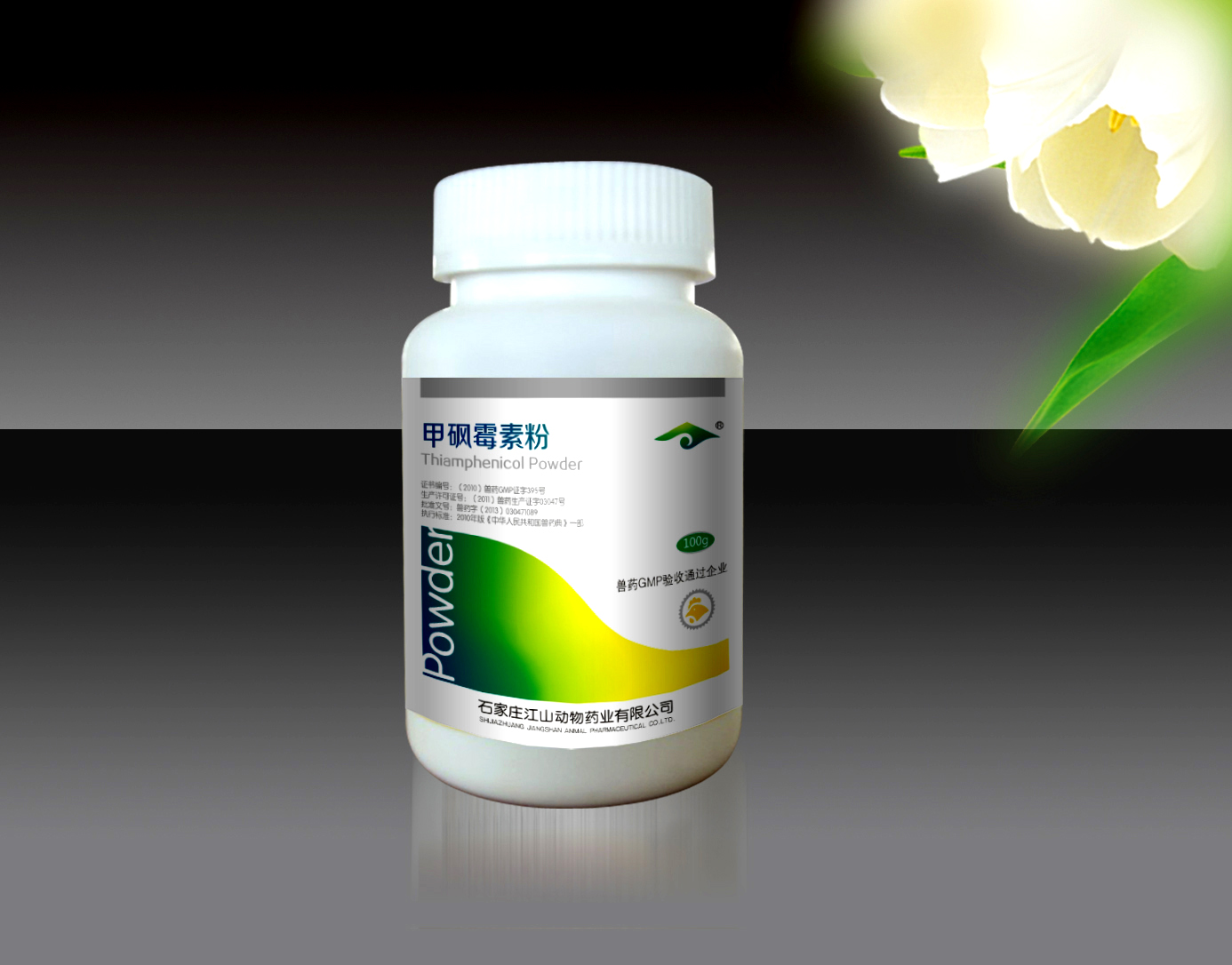

Generic name: Thiamphenicol Powder
Commodity name: Thiamphenicol Powder
English Name: Thiamphenicol Powder
[Main ingredients] Thiamphenicol
[Character] This product is white powder.
[Pharmacological action] Pharmacodynamics Thiamphenicol belong to phenicols broad-spectrum antibacterial antibiotics, but against gram negative bacteria than gram positive bacteria, most of Enterobacteriaceae, including typhoid, paratyphoid bacillus, Escherichia coli, Salmonella, highly sensitive, sensitive to Gram-negative bacteria and Pasteurella Brucella, etc..Gram positive bacteria are sensitive to anthrax bacillus, Streptococcus, Corynebacterium, pneumococcus, Staphylococcus aureus.Leptospira, chlamydia, Rickettsia also sensitive to the chemicals.The anaerobic bacteria such as Clostridium tetani, actinomycetes have considerable effect.But the tubercle bacillus, Pseudomonas aeruginosa, fungi is not sensitive to the weaker. This product for some bacteria with chloramphenicol.
Pharmacokinetic study This product is taken orally absorbed rapidly and completely absorbed in the body. Widely distributed in various tissues.Mainly from the original urine excretion.In cattle, sheep with short half-life of chloramphenicol,The pig has a half-life of 4.2 hours.
[Drug interactions]①The macrolide and lincosamide with the same target of this product, are combined with the 50S subunit of the bacterial ribosome, the combination can produce antagonism.②With the beta lactam combination, due to the rapid inhibitory effects of this product, can produce antagonism.③Has inhibitory effect on hepatic microsomal drug metabolizing enzymes, can affect the metabolism of other drugs, improve blood concentration, enhance the efficacy or toxicity, such as duration of anesthesia can significantly extend pentobarbital sodium.
[Indications] Mainly used for animals paratyphoid, dysentery, pneumonia and animal intestinal infection, avian colibacillosis, salmonellosis, respiratory tract bacterial infections.Also for sepsis, prevention and treatment of fish caused by Aeromonas hydrophila and bacterial enteritis, red skin disease and other bacterial diseases.
[Usage and dosage] In the calculation of thiamphenicol For a quantity of 5 ~ 10mg per 1kg weight of livestock and poultry.
In the calculation of thiamphenicol Mixed bait feed per 150kg body weight for 3 days and 4 fish 2.5g
[Adverse reaction] ①This product has the blood system toxicity, although not cause irreversible aplastic anemia bone marrow, but reversible erythropoiesis caused inhibition was more common than chloramphenicol.②This product has a strong inhibition of immune, about 6 times stronger. Chloramphenicol③Long term oral administration can cause digestive function disorder, vitamin deficiency or double infection symptoms.④Embryonic toxicity, pregnancy and lactation animals use caution.
[Note](1) renal insufficiency patient to reduce or prolong the dosing interval;
(2)The vaccination period or animal immune function in severe defect of the disabled.
[Withdrawal period] Livestock poultry 28 days (tentative); discard time 7 days; the fish for 500 days.
[Specification] (1) 5% (poultry, fish) (2) 15% (livestock)
[Packing]100g*60 bottles
[Storage] Shading, sealed in a dry place.
center